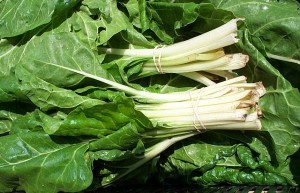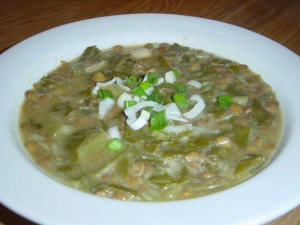This cake is easy to make, is very light and has no eggs, the combination of flour and semolina gives it a crumbly taste. The traditional way consists of using olive oil and water which makes ideal for vegans, vegetarians and non-vegetarians. However, you can also substitute water for milk, and it works very well. Another tradition is that we usually grease the baking tray with tahini paste.
The advantage of this cake is that it keeps well and it is ideal for outdoor eating like picnics because it is not messy or sticky.
Makes about 12 to 15 medium/ 20 squares.
Ingredients
· 125 ml / 4 fl oz warm water or milk
· 200 g / 7 oz caster sugar (preferably golden caster sugar)
· 200 g / 7 oz plain flour
· 100 g / 4 oz fine semolina
· 1 tbsp turmeric
· ½ tsp ground anis
· ½ tsp baking powder
· 65 ml / 2½ fl oz extra virgin olive oil
· 25g / 1 oz pine nuts or blanched almonds
· 1 tbsp tahini paste to grease the baking tray
You also need a non-stick baking tray measuring about 15cm x 24cm, 5cm deep (6 inch x 9½ inch, 2 inch deep). Grease using only the tahini paste.
Method
- Pre-heat the oven to 180 °C / 350 °F
- Put the sugar in a jug and pour over the warm milk or water, stir with the spoon until the sugar is diluted. Keep it on one side.
- You can do the mixing by hand or simply use an electric mixer or food processor, either way, follow the same order. Mix all the dry ingredients, then add the oil gradually, making sure that it is all incorporated. Now, add the sweetened milk or water and mix well together, use an electric mixer if you have one, it is much quicker and less arduous. The mixture should be paste-like with a wonderful yellow colour.
- Pour the mixture into the baking tray, smooth the surface with the spoon then scatter the nuts on top and gently push them down with a fork so that they stick to the surface of the mixture.
- Bake for about 30 minutes or until when you insert a wooden skewer it comes out dry. Remove the cake from the oven, let it cool in the baking tray, then cut into squares or diamonds shapes. Stack on the serving plate and put it in the middle of the table, so people can help themselves while sipping their coffee or tea. Otherwise, once it is completely cold, put it in airtight container and leave in a cool place. It keeps well for up to 5 days, if it lasts!


